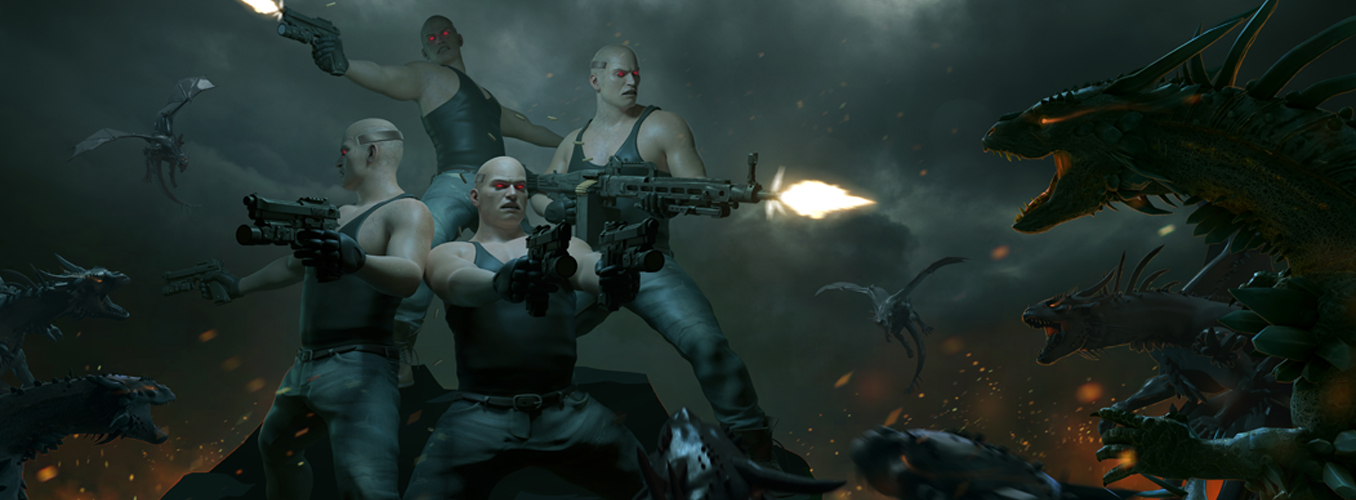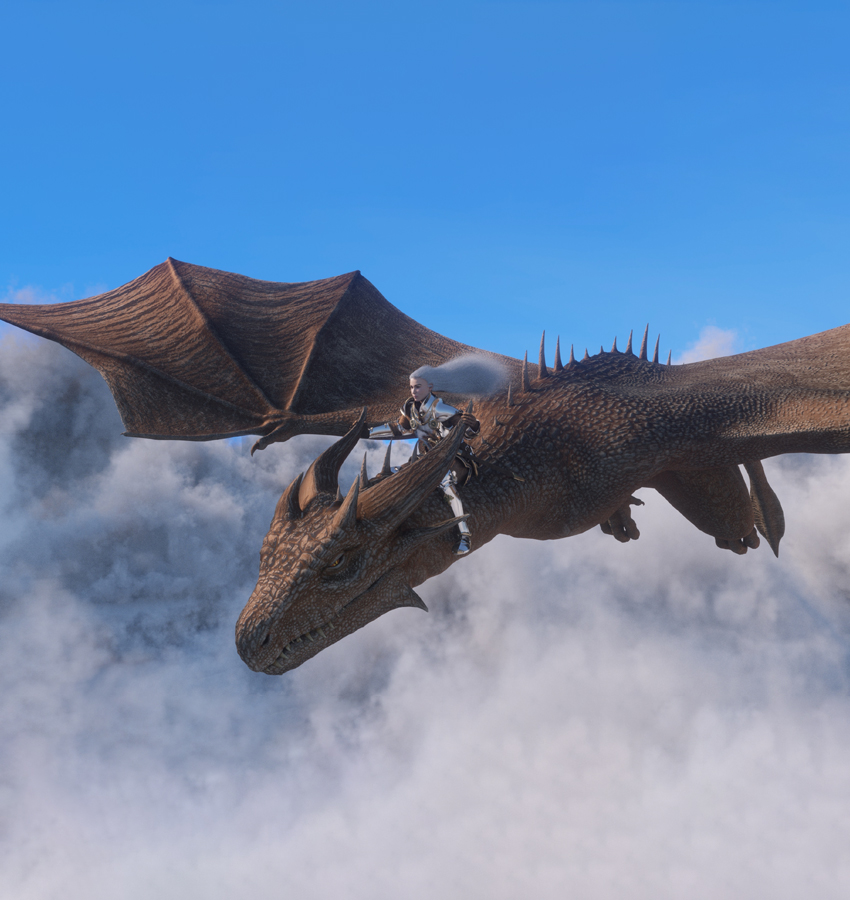
Introduction
Most people who’ve seen a blockbuster movie lately have seen CGI used for almost every imaginable application. However most people do not realize the true extent of use of CGI in not just movies and gaming, but in almost every aspect of their lives. In this article we reveal some lesser known and quite Amazing facts of CGI
It’s sophisticated but it ain’t smart
In its widest definition, CGI, or “Computer Generated Image” means any graphical representation created by a computer screen that the human brain recognizes as an image. A computer can manage simple tasks at massive scale (like orchestrating 1 million pixels to turn on/off tens of thousands of times a second). However it would never (at least, not yet, and not without a LOT of training via machine learning techniques) “see” a rabbit in the face of the moon. As a human child does so simply and so delightfully. The ability to imagine, in the human sense of creating tangible meaning from abstract representation, be they clouds in the sky, or paint lines on a canvas is not yet a part of Artificial Intelligence.
Therefore CGI today is a very, very sophisticated version of a paintbrush and canvas. Complex phenomena, incredible detail, and fantastic creatures can all come to life on the computer screen, but not a leaf can move (pun intended!) without a human command. This will change to some degree in the next evolution of AI-powered CGI, but in what way, and how fast remains to be seen.
It’s been Cutting Edge for 60 years
The first instance of CGI is generally attributed to the animator John Whitney’s 1961 experimental film. “Maze” made using an analog computer. In every decade since then CGI in film has amazed audiences, from Star Wars in the 1970s to 2019’s Lion King made completely in a Virtual Reality environment. Film studios and animation innovators like Pixar, Lucasfilm, and others have continually funded expensive R&D to invent new techniques that don’t just wow audiences, but create demand for ever-more powerful computers and software systems. Movies and Gaming have become as much drivers of advanced computer tech as Defence and Aerospace.
Thus CGI is older than the Moon Landings (even though no CGI was used to film the Moon Landings!) yet remains Cutting Edge through continual innovation.
Widespread Use
We’ve only talked about cinema so far, but CGI has wide-ranging applications. Here’s an abbreviated list:
Architecture, Biotech, Cartography, Defense, Education, Film, Gaming, Healthcare, Interior Decoration, Jewelry, Kinesiology, Landscaping, Medical Devices, Nuclear Physics, Oceanography, Product Design, Quantitative Finance, Robotics, Sports, Transportation, Urban Planning, Virtual Reality, Weather Forecasting, Xenobiology, Yarn Manufacturing, and Zoology.
Not only are the fields wide-ranging. We actually managed to name one for all 26 letters of the alphabet. That’s got to be impressive!
Seriously though, the utility of imagery cannot be overstated. Charts work better than tables, and vivid data visualization does wonders for collaborative decision making. MRI data converted to human-understandable CGI helps make non-invasive diagnoses. AI can be taught to detect tumors early from X-rays using machine learning of images. Jewelry makers can make better designs, and nuclear engineers can build safer reactors, all thanks to CGI.
In the world of packaging CGI plays an important role in a number of areas. Designers basically create CGI when they sketch on iPads. The pre-press experts eliminate cost and save time when they create realistic 3D mockups on the computer screen. From creating simulations to powering the billion dollar eSports industry, CGI is everywhere.
And Here to stay.
Conclusion
We could go on, but we think we’ve made the point that no brand can afford to ignore CGI in today’s world. Nor should it, because of the doors it unlocks. Manipal Digital works with dozens of brands in diverse sectors from engineering to clothing and apparels to leverage the strength of CGI. If you need fast mannequin wrapping, wireframes to display clothes in particular ways (draped on-model, folded on-shelf, etc,). The character creation for gaming, product and furniture modeling for interior design or photorealistic buildings for real estate advertising. Talk to us. We love to solve problems, create beautiful results, and co-create with our clients.



